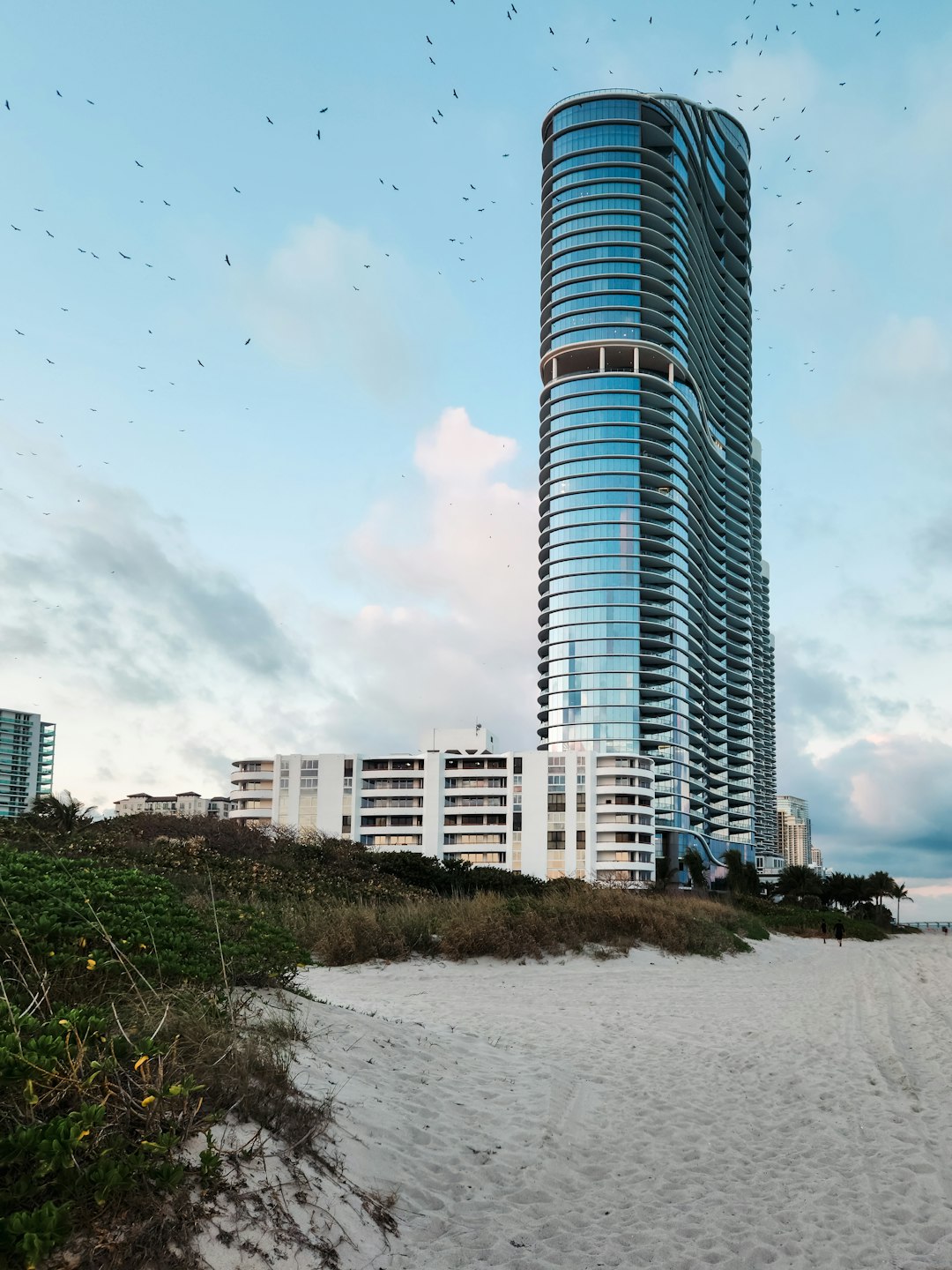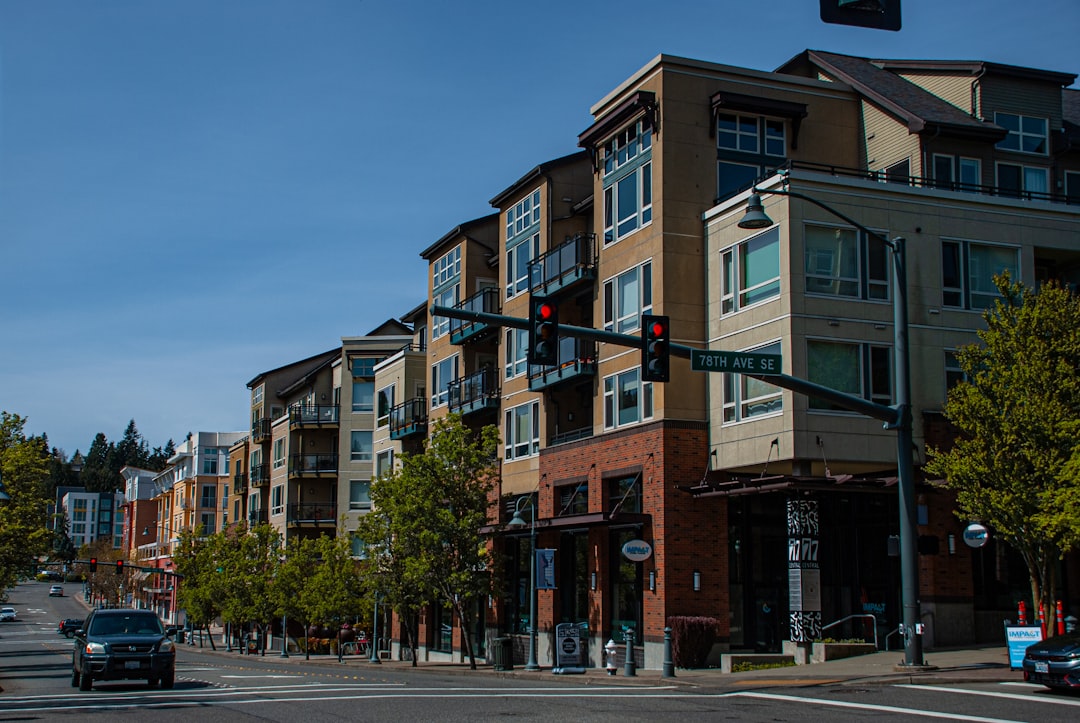Dallas-Fort Worth: The Powerhouse Leading the Pack

Hold onto your cowboy hats, because Dallas-Fort Worth just took the crown as America’s hottest real estate market for 2025. Dallas/Fort Worth has ascended to the top spot, with the region experiencing a 6.1% population increase from 2020 to 2023. This powerhouse added over 154,000 new jobs in 2023, driving housing demand as more people move to the area for work opportunities. The area’s population is growing fast, with a 1.5% annual growth rate, which means thousands of new residents every year are keeping the market competitive. The region’s economy is highly diverse and was ranked #1 in PwC’s “Emerging Trends in Real Estate 2025” report, with strength in industries like tech, finance, and logistics making it one of the most stable and exciting markets for buyers and investors. Housing demand is clear in the rental market too, with average rents hitting $2,000, showing just how much people want to live here, and with rents rising, more people are thinking about buying, which adds even more energy to the market.
Tampa-St. Petersburg: Florida’s Comeback Kid

Welcome to the sunshine state’s most dazzling comeback story. Tampa, St. Petersburg, Clearwater metro area is projected to have a combined 2025 existing home sales and price growth of 20.9%. Tampa-St. Petersburg is booming with 1,000 new residents every day, making it one of the fastest-growing areas in the U.S., with home prices on the rise and the median home price expected to reach $420,000 in 2025, a 3.6% increase. Tampa’s job growth has outpaced the national average, with population growing at 1.5% annually over the past decade, and it ranks as the fourth most diverse job market among 390 MSAs. However, housing costs jumped 66% from 2020 to 2024, and rising homeowner’s insurance rates are another hurdle, with Tampa now among the top 10 highest nationally. Think of it like a magnet that’s gotten almost too strong – everyone wants to be there, but it’s getting expensive to stay.
Miami: The International Investment Magnet

Miami isn’t just a city; it’s a global financial playground where international money meets American opportunity. Miami’s luxury market is thriving, with a 3.2% year-over-year increase in single-family home prices, reflecting a surge of wealth. Miami continues to thrive, driven by tourism, international arrivals, and its critical port infrastructure, with PortMiami being the world’s second-busiest cruise port. Despite climate risks including hurricane risks and rising sea levels, international demand bolsters the market even with domestic outmigration. It’s like watching a high-stakes poker game where the chips keep getting bigger despite the obvious risks on the table. Florida is making a strong comeback, with two cities placing among the top five markets nationwide. Miami’s story proves that sometimes the most challenging markets can also be the most rewarding for those who know how to navigate them.
Austin: The Tech Boom Town With a Housing Shortage

Austin’s real estate market is like a pressure cooker about to blow – in the best possible way. In Austin, a tech hub with a low unemployment rate of 2.8%, homes are flying off the market due to a serious housing shortage, and as a top-ranked tech hub, Austin is bringing in high-paying jobs and attracting more people, which is driving up demand for homes. Austin is dealing with a serious housing shortage, with only 0.6 months of inventory available, which means that if no new homes were listed, it would take just about two weeks to sell every available property, and such a low supply is far below what’s considered balanced, which is usually around six months. This extreme shortage is forcing buyers to compete fiercely for the few homes on the market. Austin is best known for its meteoric job growth thanks to its booming tech industry, with the median household income at $89,415, which is significantly higher than the national average, and its real estate has increased by 123.20% in the last ten years.
Nashville: Music City’s Real Estate Symphony

Nashville’s been hitting all the right notes in real estate, but even stars sometimes need a moment to catch their breath. Nashville, one of last year’s leaders, is falling several rungs while other markets ascend. Nashville’s property values have grown by 47.6% since 2019, showing long-term reliability. Nashville has been named within the top 5 markets to watch! Despite taking a step back from the very top, Nashville remains a solid investment choice. The market continues to be featured in top 5 market case studies alongside Dallas, Miami, Houston, and Tampa/St. Petersburg, as well as being highlighted among this year’s movers and shakers. Think of Nashville like a hit song that’s moved from number one but still gets plenty of radio play – the fundamentals are strong, even if the chart position has shifted.
Phoenix: Desert Bloom Facing Reality Check

Phoenix’s story reads like a cautionary tale about what happens when growth gets ahead of itself. Phoenix and Mesa, AZ, which were among the most in-demand real estate markets during the pandemic, now rank near the bottom, as the rapid home price increases in these regions—combined with rising mortgage rates and return-to-office mandates—have made these once-popular migration destinations less attractive to buyers. The median sale price in Phoenix currently sits at $413,083, reflecting a 3.5% year-over-year increase, while the median list price stands at $469,667, suggesting sellers still hold pricing confidence, although many homes are closing below list. Home prices in Phoenix are forecast to rise by 3.5% to 5.5% through 2026, with the current median sale price at $413,083 potentially reaching between $427,550 and $435,800 by early 2026, reflecting the market’s balance of affordability, supply limitations, and strong underlying demand. Phoenix remains significantly more affordable than cities like Los Angeles, Seattle, and San Francisco, while still offering strong job growth and lifestyle advantages, with an average time on market of 32 days.
Columbia and Kansas City: The Resilient Underdogs

While everyone’s watching the flashy markets, some cities are quietly building impressive track records. The most resilient markets that improved year-over-year through January were led by Columbia, South Carolina; Kansas City, Missouri; Los Angeles; San Jose, California; and Boise City, Idaho. Columbia, South Carolina, and Kansas City are among the leaders for market resiliency, with their regional HMI levels rising by three to four points. These markets offer job growth, low unemployment, a lower cost of living, and a low-risk housing development process. The top-ranked MSAs are located in a variety of locations including Nebraska, Texas, South Carolina and Colorado. These markets are like the reliable friend who’s always there when you need them – maybe not the most exciting at parties, but definitely someone you can count on when it matters.
Boise: The Western Surprise Making a Comeback

Just when you thought Boise was cooling down, it’s heating up again like a surprise encore performance. Home showings in Boise jumped dramatically, with January 2025 seeing 25,300 homes shown compared to 18,500 in January 2024, representing a 36% increase in showings year over year. Buyers who were previously hesitant, fearing a major price correction, are now realizing that Boise home values have remained strong despite higher interest rates, and during COVID-19, remote work allowed thousands of people to relocate from California, Oregon, and Washington to Idaho, a trend that slowed over the last two years but is heating up again. Many West Coast residents want to escape environmental challenges like wildfires and disasters, and while Boise isn’t as cheap as it was, it’s still more affordable than major metro areas. Given the current supply-and-demand situation within the Boise real estate market, it seems likely that home prices in 2025 will continue to inch upward. Analysts predict that home prices will rise by 4–6% in 2025 statewide, while Boise and its surrounding areas may still experience robust gains, with forecasts of 6–8% annual appreciation.
Orlando and Richmond: The Momentum Builders

Sometimes the best opportunities come from markets that are picking up steam rather than those already at full throttle. Markets to watch that improved the most between June and January include Orlando, Florida; St. Louis; Greeley, Colorado; Richmond, Virginia; and Southern California’s Inland Empire counties, which include Riverside and San Bernardino. Between June 2024 and January 2025, even as mortgage rates surged to over 7.6% by November before falling back to under 7% by January, gradually improving metrics helped markets such as Orlando and St. Louis improve their overall HMI scores by six to seven points. Florida is showing interesting trends, where all nine measured metros are seeing a drop in their premium scores, with Orlando, the highest ranked in the state, now sitting at 27.1%, placing nineteenth nationally, suggesting Florida may be nearing the peak of its current housing cycle. Think of these markets as the runners who started slow but are now picking up pace while others are getting winded.
Atlanta: The Consistent Performer

Atlanta’s real estate market is like that steady student who might not always get the headlines but consistently makes the honor roll. Atlanta is ranked as the top housing market in the US for 2023, a status that continues into 2025. Las Vegas, NV and Atlanta, GA follow closely behind other premium markets at 35% and 33.1% premiums, which are easier to understand given their rapid population growth. Atlanta is among the Sun Belt cities expected to receive more than 10,000 new apartment units in 2025, alongside the three largest apartment markets in Texas (Dallas, Austin, and Houston), as well as Charlotte, Raleigh, and Orlando. Atlanta represents the kind of market that real estate investors dream about – strong fundamentals, consistent growth, and room for continued expansion without the extreme volatility that can make other markets feel like riding a rollercoaster.
The Data Center and Tech Infrastructure Revolution

Here’s where things get really interesting – and where most people aren’t looking yet. Artificial intelligence, cloud computing and the digital economy will drive extraordinary growth in the data center market, with demand for power straining the U.S. grid but not holding back development, as nuclear power starts to play a more central role. Data centers dominate the real estate market, fueled by surging demand from cloud storage, mobile data traffic, AI, and emerging technologies, with this demand driving rapid growth, particularly as AI significantly increases the need for computing capacity, but new supply faces constraints, creating a persistent mismatch between demand and available space, resulting in major data center markets having virtually no vacant space, leading to rising rents and substantial profits for developers, with the supply-demand imbalance expected to continue for at least the next five years. Data centers are seeing soaring demand due to the widespread growth of artificial intelligence, while other niche property types are also seeing strong growth. This isn’t just about buying a house anymore – it’s about investing in the infrastructure that powers our digital future.
The Interest Rate Reality Check

Let’s talk about the elephant in the room that’s been stomping around every real estate conversation. The current housing market stagnation is more closely tied to interest rates than anything else, with the situation unlikely to change until mortgage rates get back down toward 5%, or even lower, and rates aren’t forecasted to breach 6% in 2025, as they should ease only slightly to 6.7% by year end, keeping demand at exceptionally low levels. The average 30-year fixed rate is forecast to decline to 5.60% in 2026 and 5.00% in 2027. Mortgage rates are expected to stay high for a while, with the 30-year fixed rate hovering between 6.5% and 7.5% through 2027, and potentially dipping to 5.5%-6% in 2028-2029, resulting in a strong rental market as potential home buyers will have a hard time affording homes due to high home prices and high mortgage rates. It’s like watching a really slow dance – everyone knows the moves, but the music’s tempo is keeping things deliberately measured.
The real estate landscape of 2025 isn’t about finding one perfect market – it’s about understanding that different markets serve different purposes. Dallas leads with job growth, Tampa brings international appeal, Miami offers luxury opportunities, and emerging markets like Boise and Columbia provide surprising value. Home prices are predicted to rise at a percentage point or so above the rate of inflation, for an estimated increase of about 17% from 2024 levels through 2029. The smart money isn’t just following the crowd to the hottest markets anymore. Instead, it’s finding the sweet spots where fundamentals, affordability, and growth potential intersect. Did you expect that the best opportunities might not be in the most obvious places?







